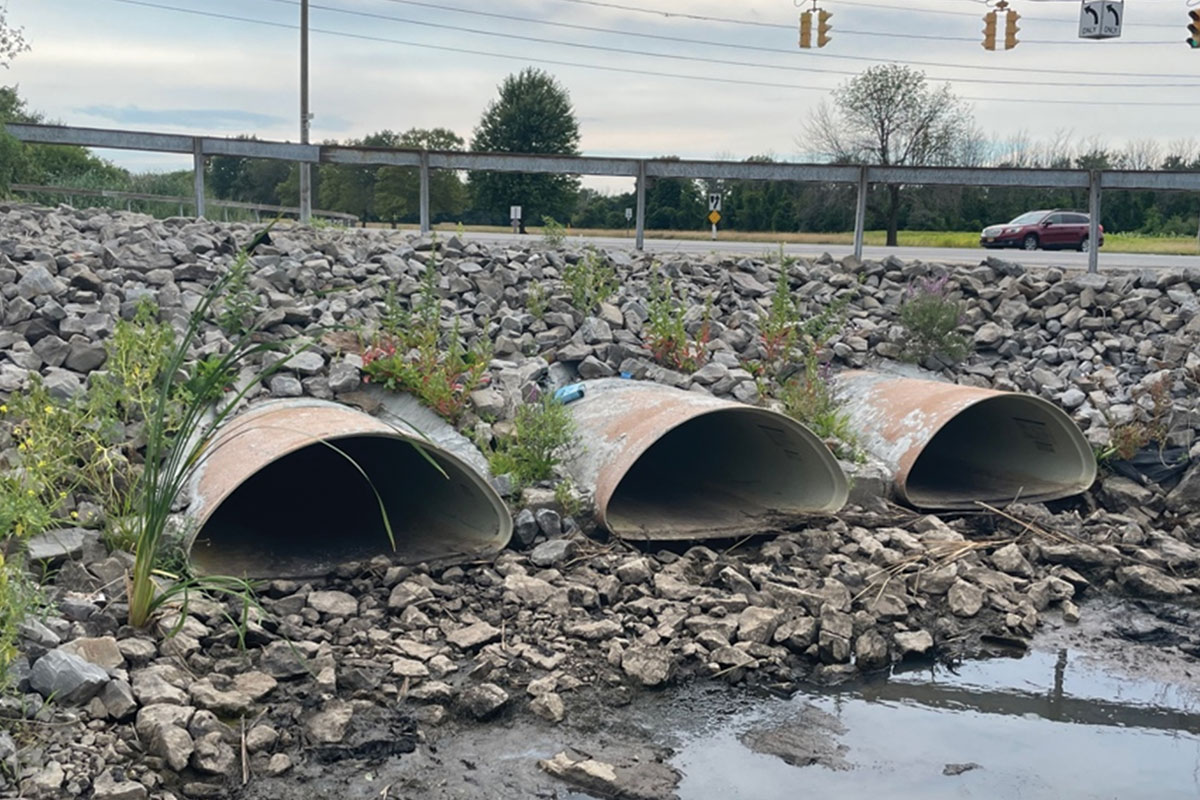
UV Relining in California
Located in northern Orange County, California, approximately 34 miles southeast of Los Angeles, the City of Garden Grove is home to more than 172,000 residents. Established in 1874, the City has an extensive agricultural history and is known for growing chili peppers, oranges, walnuts and, most notably, strawberries. In fact, in 1958, the Garden Grove Chamber of Commerce put on the first Garden Grove Strawberry Festival to celebrate the area’s then prolific strawberry fields. Today, the event is still hosted each Memorial Day weekend and attracts more than 250,000 people annually.
Like many southern California agencies faced with aging systems and topographical challenges — including root intrusion and other factors — Garden Grove’s wastewater infrastructure needed rehabilitation. City officials determined that a multi-phase sewer rehabilitation project should be undertaken throughout the City utilizing cured-in-place pipe (CIPP). Given Garden Grove staff’s previous experience with UV glass, the City was interested in a UV glass material and UV curing process to tackle more than 17,000 ft of 8-in. sanitary sewer lines.
RELATED: Cindy Preuss Joins Insituform as Senior Business Development Manager
Every project is unique and, considerations and conditions for each customer can vary – from budget, soil types and weather conditions to water scarcity and state or regional environmental standards. The installation and curing process for UV glass requires less water, which mattered to Garden Grove given the drought conditions in the region. While there are other ways to save water, the City chose UV because it was the best solution for its needs.
With decades of experience and a wide variety of solutions on hand, Insituform works with each client to identify which factors matter most to determine the approach or process that will yield the best outcomes. After reviewing three CIPP industry bids, Garden Grove awarded the project to Insituform Technologies LLC.
In addition to minimizing water, Insituform was also tasked with meeting or exceeding California emissions standards, which are set by the California Air Resources Board to reduce nitrous oxide and particulate emissions. Regulations for boilers utilized in a CIPP application are below the mandated state emissions requirement, a standard cannot be achieved with a standard diesel-powered boiler. To meet this state-specific requirement, Insituform instead used a compressed natural gas (CNG) boiler to remain within recommended emissions guidelines.

UV Glass CIPP can be somewhat unusual in California as few UV Glass CIPP products have been approved or specified in the California standard Greenbook or the market at large. Insituform iPlus glass UV CIPP liner is manufactured and installed to meet the ASTM F2019 standard. The liner is installed through a pull-in, inflate and UV light cure process. The iPlus glass has a lot of flexibility in the materials being used, so that it can be tailored for the specific pipe to be rehabilitated.
RELATED: Ultraviolet Curing Continues to Make Inroads in the CIPP Market
The iPlus glass liner consists of an innermost layer of thermoplastic film, which is removable after installation and acts as a styrene barrier film. Multiple layers of ECR corrosion-resistant glass layers are wrapped around this inner film. The number of layers and the type of glass fabric that is used depends on the diameter and the design requirements of the pipe to be lined. Typically, a biaxial glass fabric is used, which provides axial strength for the liner to minimize stretch when the tube is pulled in. At the same time, the glass is allowed to stretch in the hoop direction to conform to the pipe, which helps the liner to dimple into the lateral service connections so that it’s easier to robotically reinstate later.
From a resin perspective, multiple UV light-cured resins are available, including polyester, vinyl ester and styrene-free UV light-cured resins. An extremely thin fleece layer is wrapped on top of the glass layer to help with the wetout of the liner during manufacture. It also ensures that a vacuum can be maintained on the liner while resin is infused.
Finally, another thermoplastic layer is wrapped over the inner layers to encase the UV light-cured resin internally and serve as a UV blocking layer. The UV blocking capability allows the iPlus glass tube to be handled outside (in sunlight), without activating the light-cured resin system.
In addition to UV glass, other trenchless technologies were deployed by Insituform subcontractors, including cured-in-place patch repairs on the mainline and lateral CIPP seals to better ensure a seamless, trenchless install with a sealed sewer mainline system.

For Garden Grove, great customer service for its rate payors is a top priority. To that end, it was important to the City to ensure that all activities were clearly communicated to residents and that the timeline and quality of work was maintained throughout the project. These mandates were stipulated in the contract itself, in part because the scopes of work primarily took place in residential areas, which resulted in careful coordination with property owners to outline the expectation of hours without sewer service on their respective lines. Though the requirement of abiding by specific daily working hours initially dictated the schedule and production of the project, the city ultimately agreed to extend daily working hours, as Insituform continued to accommodate residents as needed.
From inception to completion, Garden Grove’s first UV glass rehabilitation project was a collaborative effort that turned a customer’s vision into a reality while maintaining goodwill with residents. The collaboration fostered a positive working environment and built trust between all parties that ultimately made the project a success and resulted in completion ahead of schedule.
Ian Lancaster is senior vice president of sales, North America at Aegion Corp.




